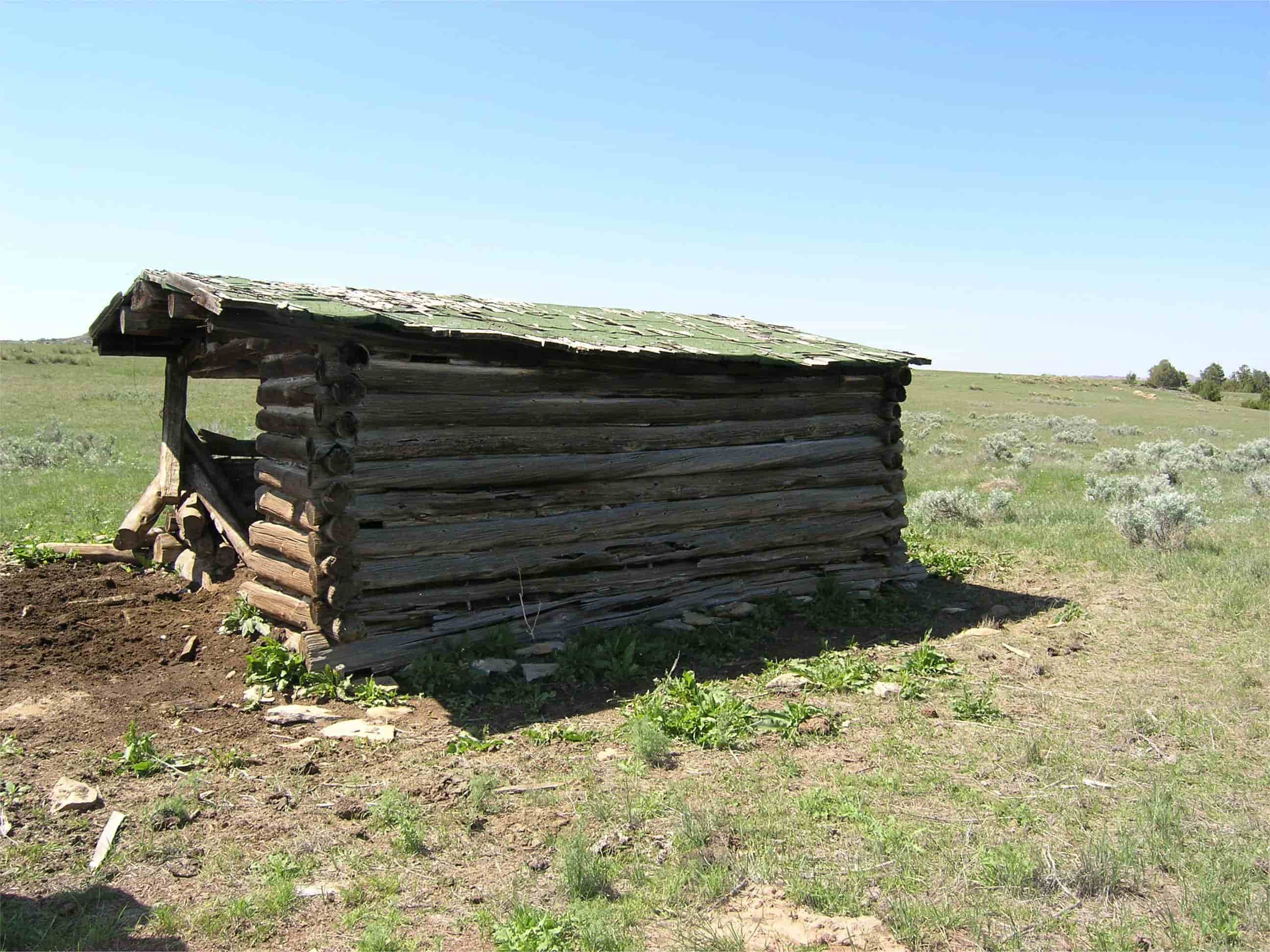Secrets Of Montana’s Fort Logan Military Outposts

Have you ever wondered about the hidden stories behind Montana's Fort Logan Military Outposts? These historic sites hold tales of bravery, strategy, and life on the frontier. Established in the late 1800s, Fort Logan served as a key military post during the Indian Wars. Soldiers stationed there protected settlers and maintained order in the vast, untamed landscape. Today, visitors can walk through the remnants of these outposts, imagining the daily lives of the soldiers who once stood guard. From old barracks to crumbling watchtowers, each structure whispers secrets of a bygone era. Ready to step back in time and explore these fascinating relics?
Discovering Montana's Fort Logan Military Outposts
Montana's Fort Logan military outposts hold a rich history waiting to be explored. These sites offer a glimpse into the past, showcasing the strategic importance and daily life of soldiers stationed there. Let's journey through some of the most intriguing outposts.
1. Fort Logan
Fort Logan, established in 1869, served as a key military post during the Indian Wars. Located near the Smith River, it provided protection for settlers and facilitated communication between other forts.
- Historical Significance: Played a crucial role in the Indian Wars.
- Location: Near the Smith River.
- Features: Original buildings, historical markers, and scenic views.
2. Fort Ellis
Fort Ellis, founded in 1867, was instrumental in protecting the Bozeman Trail. This fort also supported expeditions into Yellowstone, making it a vital hub for exploration and defense.
- Historical Significance: Protected the Bozeman Trail.
- Location: Near Bozeman.
- Features: Remnants of the original fort, interpretive signs, and nearby hiking trails.
3. Fort Shaw
Fort Shaw, built in 1867, served as a military post and later as an Indian boarding school. Its dual history offers a unique perspective on military and educational efforts in the region.
- Historical Significance: Military post and Indian boarding school.
- Location: Near Sun River.
- Features: Restored buildings, museum exhibits, and educational programs.
4. Fort Missoula
Fort Missoula, established in 1877, played a role in various military campaigns and later housed Italian and Japanese internment camps during World War II. Its diverse history makes it a fascinating site to visit.
- Historical Significance: Military campaigns and internment camps.
- Location: Missoula.
- Features: Museums, historical buildings, and guided tours.
5. Fort Benton
Fort Benton, one of the oldest settlements in Montana, served as a trading post and military fort. Its strategic location on the Missouri River made it a key point for trade and defense.
- Historical Significance: Trading post and military fort.
- Location: On the Missouri River.
- Features: Historic buildings, riverfront views, and local museums.
6. Fort Custer
Fort Custer, established in 1877, was named after General George Armstrong Custer. It played a significant role in the Indian Wars and later served as a training ground during World War I.
- Historical Significance: Indian Wars and World War I training ground.
- Location: Near Hardin.
- Features: Historical markers, training grounds, and scenic landscapes.
7. Fort Assinniboine
Fort Assinniboine, built in 1879, was one of the largest military forts in the United States. It played a crucial role in the Indian Wars and later became an agricultural experiment station.
- Historical Significance: Indian Wars and agricultural research.
- Location: Near Havre.
- Features: Extensive ruins, historical exhibits, and research facilities.
8. Fort Keogh
Fort Keogh, established in 1876, was named after Captain Myles Keogh, who died at the Battle of Little Bighorn. It served as a key military post during the Indian Wars and later became a livestock and agricultural research station.
- Historical Significance: Indian Wars and agricultural research.
- Location: Near Miles City.
- Features: Historical buildings, research facilities, and educational programs.
9. Fort Maginnis
Fort Maginnis, founded in 1880, was one of the last military forts built in Montana. It played a role in protecting settlers and maintaining peace in the region.
- Historical Significance: Protection of settlers.
- Location: Near Lewistown.
- Features: Ruins, historical markers, and scenic views.
10. Fort Peck
Fort Peck, established during the construction of the Fort Peck Dam in the 1930s, served as a military and civilian hub. It played a significant role in the development of the region and the New Deal era.
- Historical Significance: Fort Peck Dam construction and New Deal era.
- Location: Near the Fort Peck Dam.
- Features: Dam tours, historical exhibits, and recreational activities.
Montana's Fort Logan: A Glimpse into History
Montana's Fort Logan military outposts offer a fascinating peek into the past. These sites tell stories of bravery, strategy, and life on the frontier. Visiting these outposts, you can almost hear the echoes of soldiers' footsteps and feel the weight of history. Exploring the remnants of these forts, you gain a deeper appreciation for the challenges faced by those who served there. Whether you're a history buff or just curious, these outposts provide a unique experience. They remind us of the importance of preserving our heritage. So next time you're in Montana, take a moment to visit Fort Logan. You'll leave with a richer understanding of the past and a sense of connection to those who came before us.

